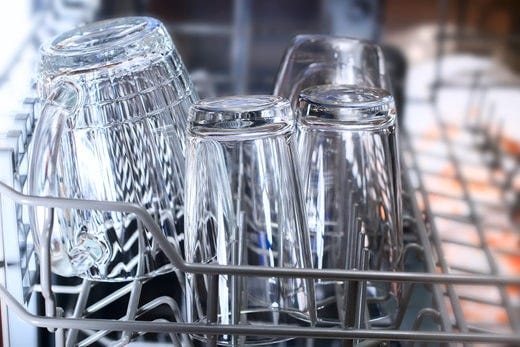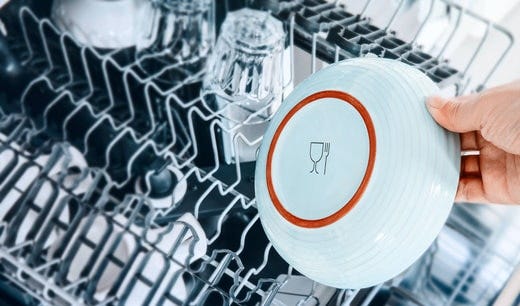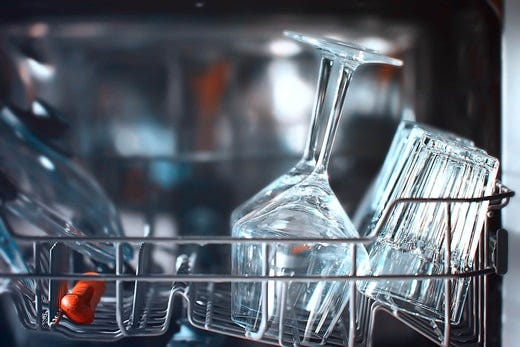
How to clean cutlery in the dishwasher
From whether you can put silver cutlery in the dishwasher to how to load a dishwasher cutlery basket properly, we share our top tips on making sure your cutlery and utensils shine after every wash.

From caring for your precious silverware to ensuring your expensive knives don’t dull, it’s important to understand how to load a dishwasher cutlery basket properly in order to get optimum results.
Which way should cutlery go in the dishwasher?
The question of whether to place your knives, forks and spoons up or down is a common debate when deciphering how to load utensils in the dishwasher. Truth be told, there are multiple ways to do this, depending on how full your dishwasher is.
If you’ve got space, spoon handles can go up when you load the dishwasher cutlery basket – however, if you’re filling the basket to capacity, it’s best to point spoon handles down to save room. Large utensils, like serving tongs and spoons, can be rested on the top shelf, whilst forks and knives are safer to place in the basket pointy side down (for obvious reasons!).
Whether you’re ‘Team Up’ or ‘Team Down’ it’s always best to consult your dishwasher manual first to be sure.
Can you put knives in the dishwasher?
When it comes to putting knives in the dishwasher, it depends on what kind of knife it is. You can put them in – particularly when it comes to cutlery and the likes – but you may want to wash your more expensive knives by hand. These will usually include expensive ones such as carving knives, your best steak knives, ceramic knives, and all those that you want to keep particularly sharp. This is because putting sharp knives in the dishwasher can dull them over time, so washing your valuable ones by hand (think those you use for slicing, peeling, chopping!) will keep them sharper for longer.
Do dishwashers blunt all knives?
Dishwashers do tend to blunt sharp knives over time, but this shouldn’t be a massive concern for the cutlery knives you use every day. Plus, we don’t always have time to wash all our knives by hand – so if you are putting them in the dishwasher, just bear these things in mind:
- Always separate sharp knives in cutlery baskets: Your best knives should always be kept apart, so they don’t come in contact during the wash and dullen.
- Purchase a dishwasher knife rack: This will ensure that your knives are cleaned effectively and won’t cause the same issues that stacking them in a single basket might.
- Always place your knives upside down: You should always put your knives blunt side up to avoid any accidents that could happen.
- Choose the right dishwasher tablets: This will help to bring out the cleaning power of a dishwasher and help to maintain the shine of your sharp knives. We would recommend a Finish dishwasher detergent.


